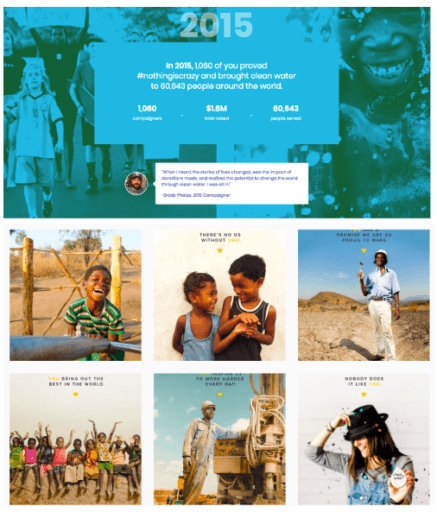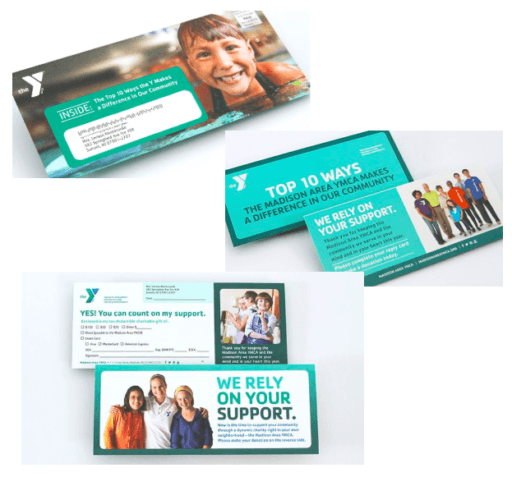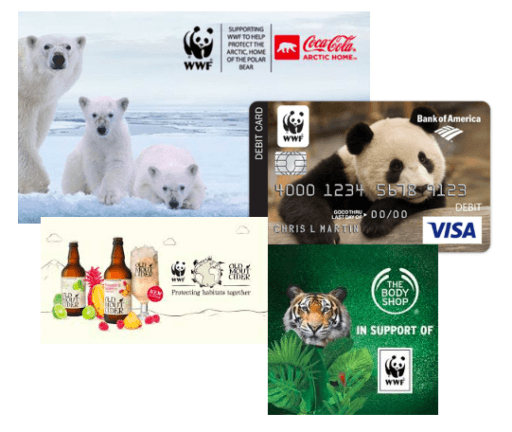If you are a nonprofit professional, you have probably seen Dan Pallotta’s Ted Talk, “The way we think about charity is dead wrong.”
If not, the video is well worth your time.
In the talk, Pallotta argues we hold five main misconceptions about charities, including the notion that overhead costs on advertising and marketing should be kept at a bare minimum. “We tell the for-profit sector, ‘Spend, spend, spend on advertising until the last dollar no longer produces a penny of value.’ But we don’t like to see our donations spent on advertising in charity,” he says. “As if the money invested in advertising could not bring in dramatically greater sums of money to serve the needy.”
In the 1990s, Pallotta’s charity, AIDSRide, organized prolific long-distance fundraising events including bicycle journeys and even a 60-mile breast cancer walk that lasted three days. From 1993-2002, AIDSRide amassed some 182,000 riders and raised a total of $581 million dollars, setting records for fundraising by this method. One of the reasons for the success of AIDSRide, reflected Pallotta, was the calculated risks they took in ramping up advertising, customer service, and event logistics to acquire new donors. Indeed, AIDSRide spent some 40% of revenue on overhead during this period. Instead of passing out inexpensive flyers, AIDSRide advertised their events the same way profitable companies did. They purchased full-page ads in major publications like The New York Times and The Boston Globe and secured prime time advertising on television and radio.
Pallotta knew then what many charities still struggle to understand today: “When you prohibit failure, you kill innovation. If you kill innovation in fundraising, you can’t raise more revenue; if you can’t raise more revenue, you can’t grow; and if you can’t grow, you can’t possibly solve large social problems.” In many ways, Pallotta’s Ted Talk reminds us that in order to confront complex social problems at scale, the nonprofit sector needs to step into the arena and compete with other industries for the attention of the public. And today, that means applying the same marketing strategies and proven methods we see in business and tech.
Marketing: Not Costly Overhead, but Essential Branding Leverage
On a fundamental level marketing is “communicating a message that inspires people to action”. The desired action is, of course, donations and support for your nonprofit. But the challenge for marketing in the nonprofit space is to identify the best message, on the best platform, at the best time, for the best audience to inspire action.
Marketing sage Joe Chernov once wrote, “Good marketing makes the company look smart. Great marketing makes the customer feel smart.” In the same vein, good nonprofit marketing imagines the organization humble heroes on an important mission, inviting donors to join their noble ranks along the way.
But how does a nonprofit orchestrate a sound marketing plan? For starters, a nonprofit conducting advertisements without an annual donor-centric marketing plan is like hiring a group of expert musicians and then giving them entirely separate sheets of music to play. They may have beautifully written parts, but when all played together, it sounds like a dissonant mess no one wants to hear. And as the conductor of this muddled venture, you still need to pay for their unimpactful performance.
Today, we see ads everywhere we go. Yet, unlike other products or services, nonprofit marketing has the unique power to not only raise awareness for an important cause but give audiences a clear and direct opportunity to do good–and feel good about it. But what can happen when you get it wrong? If you provide inconsistent messaging, this could lead to donor fatigue. When your marketing doesn’t impress upon your audience the gravity of the issue you’re working on, they will focus attention (and donations) elsewhere. Lastly, even if you have a great marketing campaign, if it lands on the news feed of the wrong audience they simply may not be interested.
The Way You Market Your Nonprofit is Crucial Because it Drives Your Donor’s Experience
But, how? What does that practically look like? Let’s take a look at the visuals of three different marketing channels done right.
1. Digital marketing – charity: water is easily one of the preeminent U.S. charities if not the charity leading the nonprofit digital marketing space. With the use of online ads, social media campaigns, and direct email solicitations charity: water has raised more $360 million and funded over 35,000 water projects in 27 countries, all while making their supporters feel like the real hero.

2. Direct marketing – The YMCA is one good example of direct mail marketing. Notice their use of donor-centric marketing and compelling images.

3. Affinity marketing – “A method of selling goods and services by creating partnerships with similar or compatible companies and brands” – The World Wildlife Fund (WWF) is incredible at this. In fact, many know WWF specifically for its popular affinity marketing campaigns.

What You Should Do Now
Your nonprofit cannot have successful marketing or fundraising without the other–it is a crucial symbiotic relationship for your organization’s growth and success. Gather your leadership, fundraising, and marketing teams together. Have an open, honest dialogue about taking marketing risks to drive a more successful donor experience. Watch Pallotta’s Ted Talk together and ask:
- If time or money were not an issue, what is the dream for our donor’s experience? What sort of marketing would that involve?
- What are your team’s fears and roadblocks to marketing in this way?
- How could your leadership help remove those barriers?
This article offers “10 nonprofit marketing essentials”, and serves as a great guide for next steps in developing a donor-winning marketing strategy.
Remember, these calculated marketing risks are important because (A), they will enhance your donor’s experience and, (B), thrust your organization toward the ultimate goal of raising more funds to accelerate mission advancement.
About the author: France Hoang is the Co-founder and Chief Strategy Officer of boodleAI, which provides AI Assistants to nonprofits to acquire new donors through peer-to-peer fundraising. He has participated in philanthropic giving and fundraising campaigns while serving on the boards of multiple nonprofits. He has also been on the founding teams of several successful for-profit companies.
